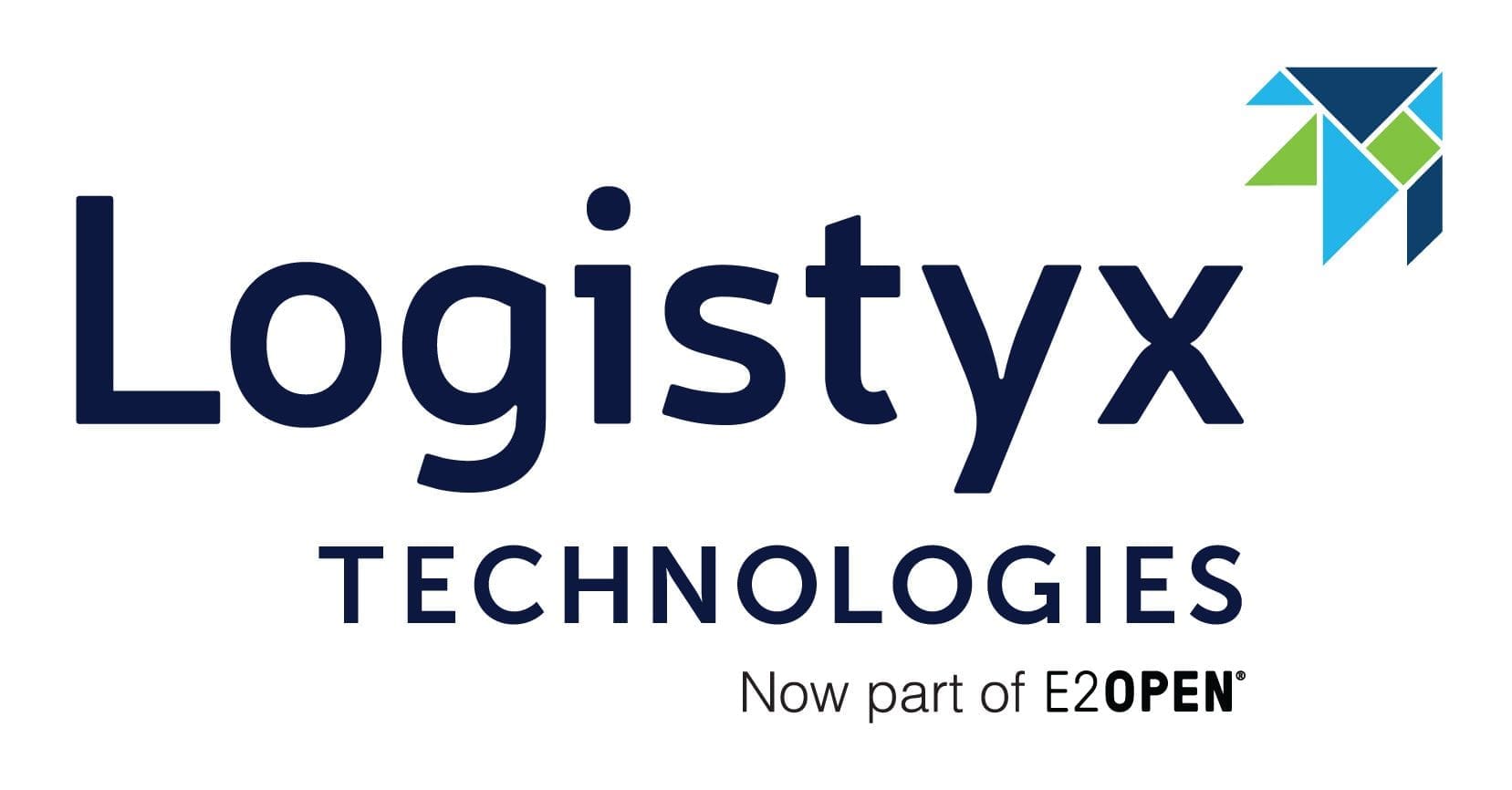 Electronic shelf labels (ESLs) are becoming more common in grocery stores, particularly in European markets like Norway, where some retailers now change prices dozens of times per day. The immediate value for retailers is clear: ESLs offer flexibility to adjust pricing in response to competition, demand, or product shelf life. But as this capability becomes more widespread, it’s starting to reshape expectations and operations across the supply chain.
Electronic shelf labels (ESLs) are becoming more common in grocery stores, particularly in European markets like Norway, where some retailers now change prices dozens of times per day. The immediate value for retailers is clear: ESLs offer flexibility to adjust pricing in response to competition, demand, or product shelf life. But as this capability becomes more widespread, it’s starting to reshape expectations and operations across the supply chain.
While much of the focus remains on consumer-facing benefits, the broader operational impact of ESLs is worth examining. Their use reflects, and reinforces, a shift toward more agile, data-driven logistics in food retail.
Dynamic Pricing as Operational Input
Price changes used to be weekly or seasonal events, tied to printed tags and circular ads. ESLs make it possible to adjust pricing at the shelf in real time, often in response to competitor activity, stock levels, or sales velocity. For example, REMA 1000 stores in Norway regularly adjust prices to match nearby competition. This introduces a dynamic pricing model where demand and price are more closely linked.
From a supply chain perspective, pricing becomes more than a marketing lever, it becomes a live data signal. Retailers can use these signals to trigger inventory movements, optimize order timing, and reduce waste, particularly with perishable goods.
Shifts From Efficiency to Flexibility
Grocery supply chains have traditionally focused on maximizing efficiency: moving large volumes of goods on predictable schedules. ESLs encourage a different model, one that values responsiveness over stability.
As price changes influence short-term demand, inventory flows may become more variable. Suppliers and logistics partners are beginning to encounter more frequent, smaller orders tied to short-term pricing decisions. This shift requires different planning: shorter lead times, smaller batch production, and more localized fulfillment.
Retailers investing in ESLs are often also investing in adjacent technologies, inventory visibility tools, automated forecasting systems, and real-time data sharing, to make this work at scale.
Warehouse and Inventory Management Impacts
Dynamic pricing introduces new challenges for inventory management. A temporary price drop might significantly accelerate sales for a specific SKU, making it harder to maintain availability. Retailers must track inventory in real time, both in stores and in warehouses, to avoid stockouts or over-ordering.
This can lead to a reevaluation of warehouse strategy. Some grocers may begin shifting inventory closer to stores to better respond to changing demand. Others may increase buffer stock for high-turnover items. Either approach requires a more granular, responsive inventory strategy than traditional models support.
The Role of Automation and Integration
ESLs are often introduced alongside broader automation initiatives. Retailers use dynamic pricing software that connects to POS systems, inventory databases, and even labor scheduling tools. As pricing becomes automated, it increases the need for upstream partners to support electronic data interchange (EDI), demand forecasting, and synchronized order fulfillment.
The value here isn’t in the shelf labels themselves, but in how they plug into a broader system. Without integration, real-time pricing changes can cause disruptions, unexpected demand spikes or communication lags that misalign store needs with supply chain capacity.
Managing Risk and Consumer Trust
While ESLs can improve responsiveness and reduce manual labor, they’re not without risk. Overly frequent or poorly timed price changes can result in stockouts, consumer confusion, or even reputational concerns, especially if pricing appears opportunistic during peak demand periods.
For supply chain teams, this underscores the need for careful coordination. Pricing decisions must be informed by accurate stock data, supplier lead times, and logistics capacity. Retailers may also need to build new governance around pricing changes to ensure alignment with operational constraints.
Conclusion
Electronic shelf labels are often viewed as a front-of-house innovation. But the real story is how they’re nudging grocery supply chains toward more responsive, data-centric operations. As pricing becomes dynamic, the systems that support retail, procurement, logistics, warehouse management, must become more dynamic as well.
The implications for suppliers, distributors, and technology partners are clear: agility, integration, and visibility are no longer optional. Retailers adopting ESLs at scale will expect their partners to support fast, accurate responses to real-time demand signals.
While ESLs won’t overhaul the grocery supply chain overnight, they represent an important step in aligning retail operations with a more dynamic market environment.
















